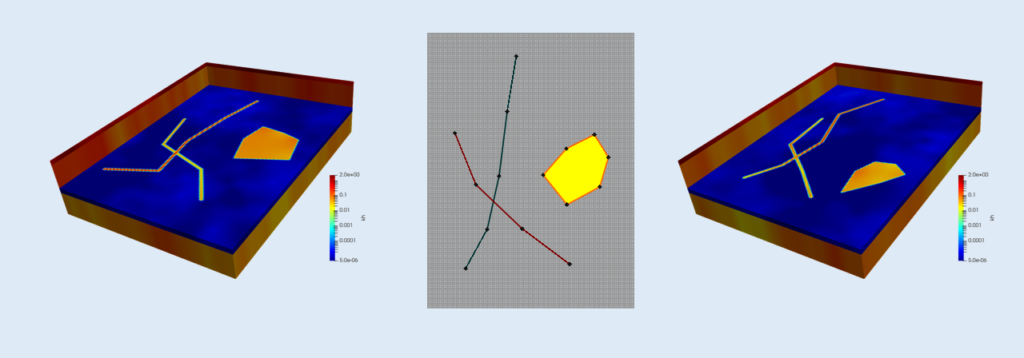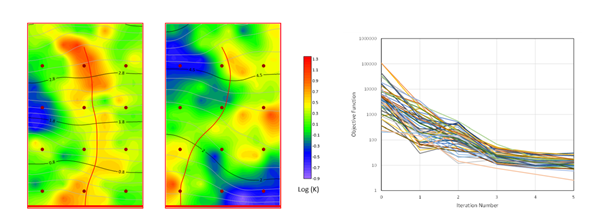PEST Course: Brisbane
Description Where: EcoSciences Precinct, Dutton Park, Brisbane When: Monday 3rd June to Friday 7th June, 2024 Who should attend: Both new and experienced modellers will benefit from the course, as well as anyone who would simply like to understand the theory and practice behind simulation-based data processing and environmental forecasting. Topic: “PEST” refers to a software package and […]
PEST Course: Brisbane Read More »








